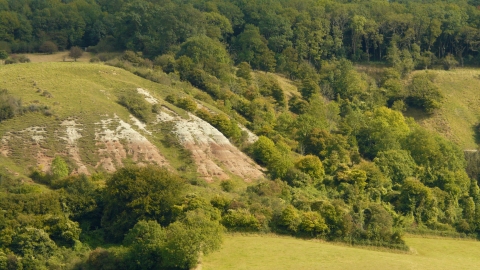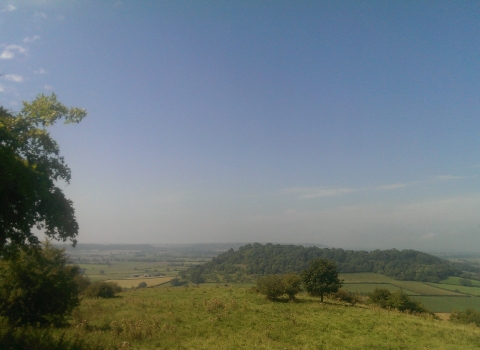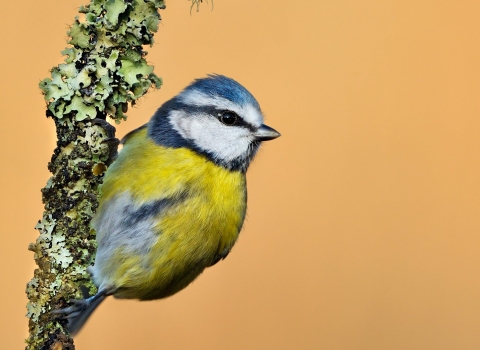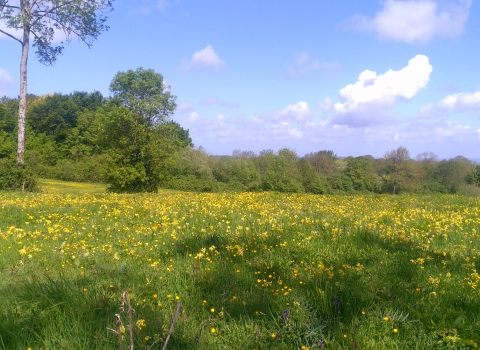
New Hill and Tannager - Kiff Hancock
New Hill & Tannager
Know before you go
Dogs
Visit the 'Dog walking on reserves' page in the Contact section for more information.
When to visit
Opening times
Open at all timesBest time to visit
April to JulyAbout the reserve
What were once large areas of flower rich grassland at New Hill and Tannager were planted, by previous owners, with conifers and beech trees in the 1950s as part of a commercial forestry plan. Subsequently most of these trees were felled by SWT in the mid 1990’s to restore the lost grassland as part of the East Poldens Downland Restoration Project.
Some areas of these plantation woodland have been retained because of their woodland wildlife interest, with a large area in the eastern half of New Hill, and along sections of the lower western margins of both New Hill and Tannager.
Small areas of the original flower rich grassland that were not planted with trees are now acting as flowery reservoirs and are naturally re-colonising the cleared areas with meadow flowers. Look out for yellow Rock Rose, Birds Foot Trefoil and the impressively large Woolly Thistle, which flowers in the later part of summer and is an important nectar source for many insects. The limestone soils here also provide ideal conditions for Pyramidal Orchid, Bee Orchid, Common Spotted Orchid and Greater Butterfly Orchid to thrive.
The combination of flowery grassland and sunny slopes suite an impressive range of butterflies including Common Blue, Brown Argus, Holly Blue and also the Large Blue which drops in from sites close by where it was re-introduced. Other butterflies to look out for include Large and Small Skipper, Grizzled Skipper, Meadow Brown, Gatekeeper, Ringlet and Marbled White. Several butterflies live along the interface of grassland and woodland and New Hill and Tannager has lots of this providing a home for Speckled Wood, Green and Brown Hairstreak and the Dark Green Fritillary.
Green Woodpeckers can often be seen feeding on ants on the grassland and Greater Spotted Woodpeckers breed in close by woods. Sparrowhawks, Buzzards and Hobbys are regularly seen hunting in the reserve and circling high overhead. The summer visiting Hobby can also be seen here. The scrub and woodland that surrounds the grassland is good feeding and breeding habitat for many small birds including the summer visiting Chiff Chaff, Willow Warbler, Blackcap and Whitethroat and also the all year resident Long Tailed Tit, Blue Tit, Bullfinch and Goldfinch.
Reserve conservation management – Livestock grazing on the grassland and scrub control to stop it encroaching on the grassland.
New Hill and Tannager is within the East Poldens Large Blue Landscape Partnership area. The partnership works together to restore the East Poldens landscape, including re-establishing a viable large blue butterfly population that formerly went extinct in the UK in 1979. The partnership consists of Butterfly Conservation, J&F Clark Trust, Millfield School, National Trust, University of Oxford, Somerset Wildlife Trust and South Somerset District Council, with support from Natural England and Network Rail.



